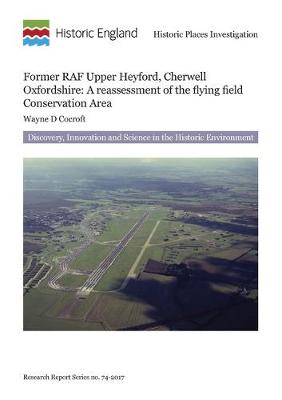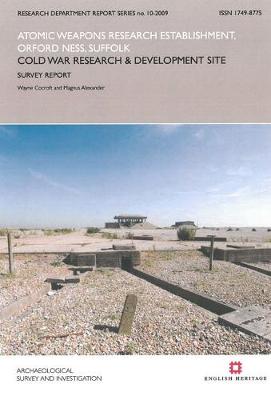Research Reports
2 total works
RAF Upper Heyford was founded during the First World War and after a short period of abandonment was re-established during the 1920s under Trenchard's scheme to provide permanent bases for the RAF. It was the exemplary airfield and the only one completed to the original design standards. During the Second World War the most significant change to the appearance of the airfield was the laying of concrete runways in a characteristic 'A' plan configuration. In the late 1940s the airfield was identified as one of a number that might accommodate United States bombers with the capability of attacking Eastern Europe with atomic weapons. To fulfil this role the airfield was extensively reconstructed, with a longer runway, more extensive aircraft parking areas, new bombs stores, specialist maintenance hangars, and an increase in domestic accommodation. During the 1960s its aircraft fulfilled a reconnaissance function regaining its nuclear deterrent role 1970. During the 1970s the airfield was again transformed through NATO's airfield survival measures programme leading to the construction of numerous hardened structures. With the end of the Cold War the USAF departed in 1993. Today, its flying field is an increasingly rare example of an unaltered Cold War fast jet airbase.
Atomic Weapons Research Establishment, Orford Ness, Suffolk
by Wayne Cocroft and Magnus Alexander
Published 15 June 2009
The Atomic Weapons Research Establishment, Orford Ness, Suffolk, was operational between 1956 and 1972. Its primary task was environmental testing to simulate the conditions that nuclear weapons and their components might experience during trials and in service use. The report is primarily concerned with the development of the post-war Atomic Weapons Research Establishment.

